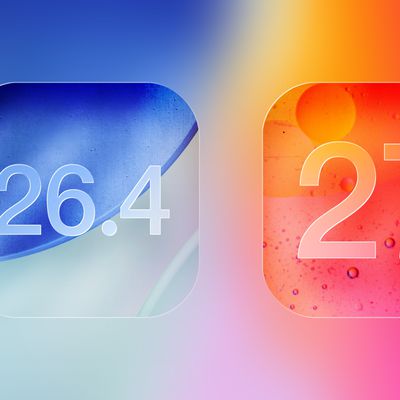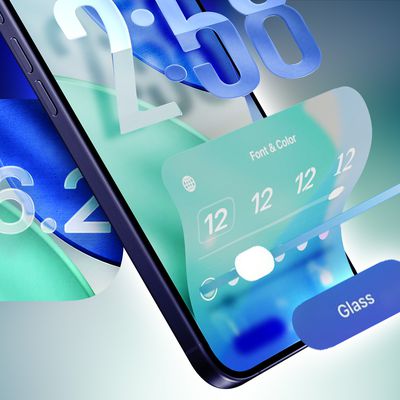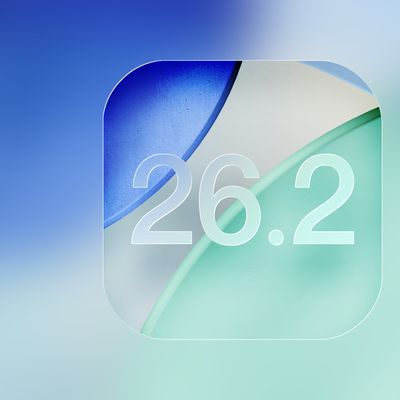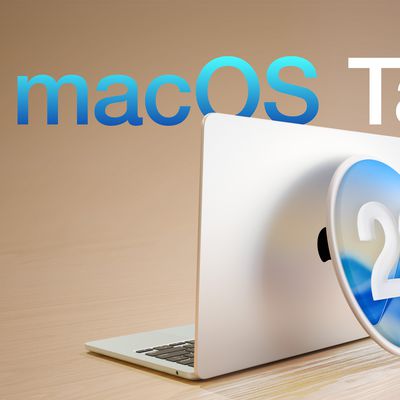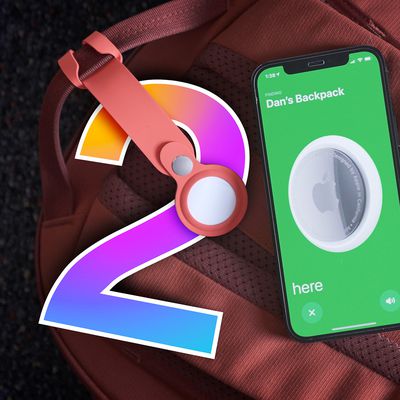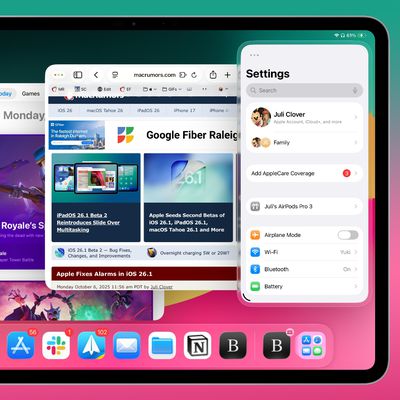2027 will mark the 20th anniversary of the iPhone, and Apple is planning to celebrate with an all-new iPhone design. With the 10th anniversary of the iPhone, Apple unveiled the all-display iPhone X with no bezels at the top or the bottom for the camera or the Touch ID home button. It marked the debut of Face ID, and dictated the next decade of iPhone design.

For the "iPhone XX," Apple needs to do even better, and rumors suggest that the company has some big ideas that it's aiming for.
Apple wants to create an all-glass iPhone that doesn't have cutouts in the display, so there could be a high-end iPhone 19 Pro model that fulfills that requirement. Apple is aiming for a true edge-to-edge display
Name
The iPhone 17 came out in 2025 and we're expecting the iPhone 18 line in 2026. The iPhone 19 in 2027 would be the next logical step, but Apple is probably going to skip the iPhone 19 name.
In 2017, Apple released both the iPhone 8 and the iPhone X with no iPhone 9, and in 2027, we'll probably transition from the iPhone 18 to the iPhone 20, the iPhone XX, or whatever else Apple decides to name the anniversary iPhone.
Design
Apple's longtime goal has been an iPhone that looks like a slab of glass with no cutouts and no bezels, and that might become a reality in 2027.
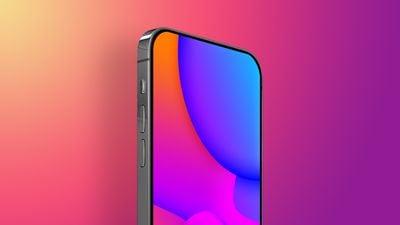
Apple is supposedly working on a display that curves down around all four edges of the device for a borderless visual experience. There would be no bezels with a display that wraps around the iPhone's frame. That kind of design would be delicate and might restrict the kind of cases that could be used, but Apple has started improving the durability of the iPhone. This year's models use Ceramic Shield 2, which is more resistant to scratching and breakage.
Samsung did displays with curved edges for its Galaxy smartphones for several years, but its designs were never entirely bezel-free. Samsung ditched the curved look with the Galaxy S24 Ultra.
If Apple does go with the curved display, we could get an iPhone that resembles a flat slab of glass.
Haptic Buttons
Apple is again rumored to be working on a solid state button system, this time for the 20th anniversary iPhone. The solid state buttons could replace the current mechanical buttons, providing haptic feedback to mimic a button press.
The device will allegedly feature solid state buttons with haptic feedback for the Side button, volume buttons, Action button, and Camera Control button. Haptic-based buttons cut down on mechanical wear, and provide differentiation between a light press and a more firm press to trigger different functions.
The buttons could be integrated directly into the device's frame, with no actual physical movement when pressed. The buttons will feel like real buttons, though, similar to the trackpad on the MacBook Pro. Solid state buttons could also improve water resistance. c
Display
Apple is planning to use a brighter, thinner OLED panel for the 20th anniversary iPhone. Rumors suggest that Apple will adopt Samsung OLED displays with Color Filter on Encapsulation (COE) technology. COE displays remove the polarizing film from an OLED panel, applying the color filter directly onto the encapsulation layer of the display.
The technique reduces the thickness of the overall display stack, and it lets more light through to improve brightness while reducing power draw. Reflections are harder to deal with when there's no polarizing film, but in this year's iPhones, Apple added a new anti-reflective coating that could be improved for future versions of the iPhone.
With deeply curved edges, Apple also plans to add a crater-shaped light diffusion layer that will provide uniform brightness across the display.
Face ID
To make the all-glass design happen, Apple needs to get rid of the Dynamic Island and the cutout for the front-facing camera. Rumors are mixed on whether that's going to happen.
Display analyst Ross Young said that Apple won't have under-display Face ID ready to go for a 2027 iPhone, but other leakers think it's possible. If Apple can't get everything under the display, we may see under-display Face ID and then a small hole-punch cutout on the front for the front-facing camera.
The latest rumors suggest that Apple is on track to launch an under-display camera in 2027, which means there would be no cutout for Face ID or for the camera.
Battery
Apple is developing new battery technology that could make it into the 2027 iPhone models. Apple is looking into using pure silicon anode batteries, which are able to store more lithium ions per gram than current batteries, resulting in significant increases in battery life without major increases in battery size.
RAM
Apple could use advanced AI memory technology for the 2027 iPhone models. Apple is rumored to be considering Mobile High Bandwidth Memory (HBM), a type of DRAM that stacks memory chips vertically and connects them through tiny vertical interconnects to boost signal transmission speeds.
In smartphones, the technology would provide high data throughput while minimizing power consumption and the physical footprint of RAM dies.
Rear Camera
Apple might adopt a custom HDR sensor for better dynamic range for the Fusion camera. This would join improvements rumored for the iPhone 18 models like a variable lens aperture.
The upgraded sensor would be able to capture detail in bright highlights and dark shadows in a single frame, for up to 20 stops of dynamic range. That would be comparable to a high-end cinematic camera.
An Apple-Designed Modem Chip
So far, Apple has used its C1 and C1X modems in the iPhone 16e and the iPhone Air, but the company's plan is to bring its modem technology to the entire iPhone lineup. Apple is aiming to have modems that outperform Qualcomm modems by 2027, which is coincidentally the year we're expecting the 20th anniversary iPhone.
Apple-designed modems are much more power efficient than Qualcomm modems due to Apple's ability to better integrate the different hardware components in the iPhone. Apple expects to outperform Qualcomm in speed and AI functionality in 2027, and an Apple modem will also bring a major efficiency boost for better battery life.
A-Series Chip
Apple could transition to smaller, faster, and more efficient 2-nanometer chips with the iPhone 18 lineup, but the 20th anniversary models would likely use a second-generation 2-nanometer chip. The iPhone 18 models are expected to get A20 chips, so the iPhone 20 models could get the A21.
Apple chipmaker TSMC is already working on a 1.4-nanometer node, but it won't be ready until 2028 at the earliest.
Launch Date
The 20th anniversary iPhone would presumably come out in the fall of 2027.


